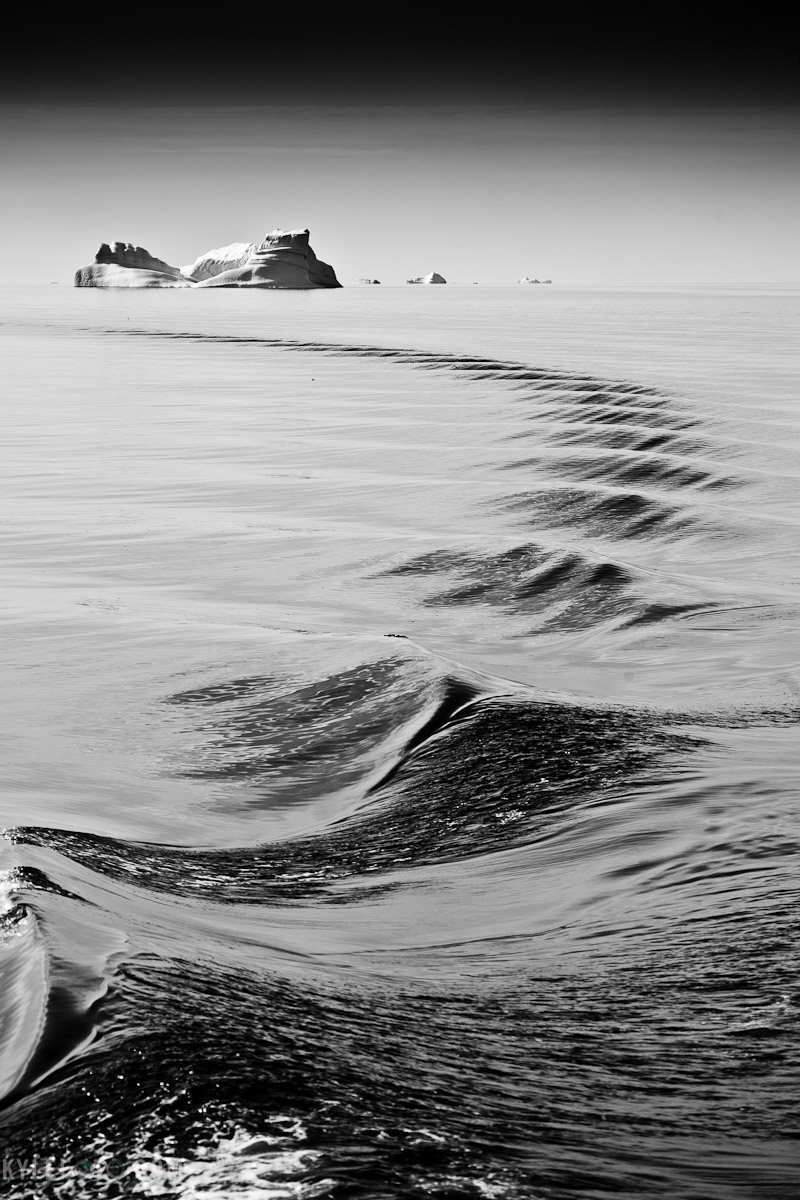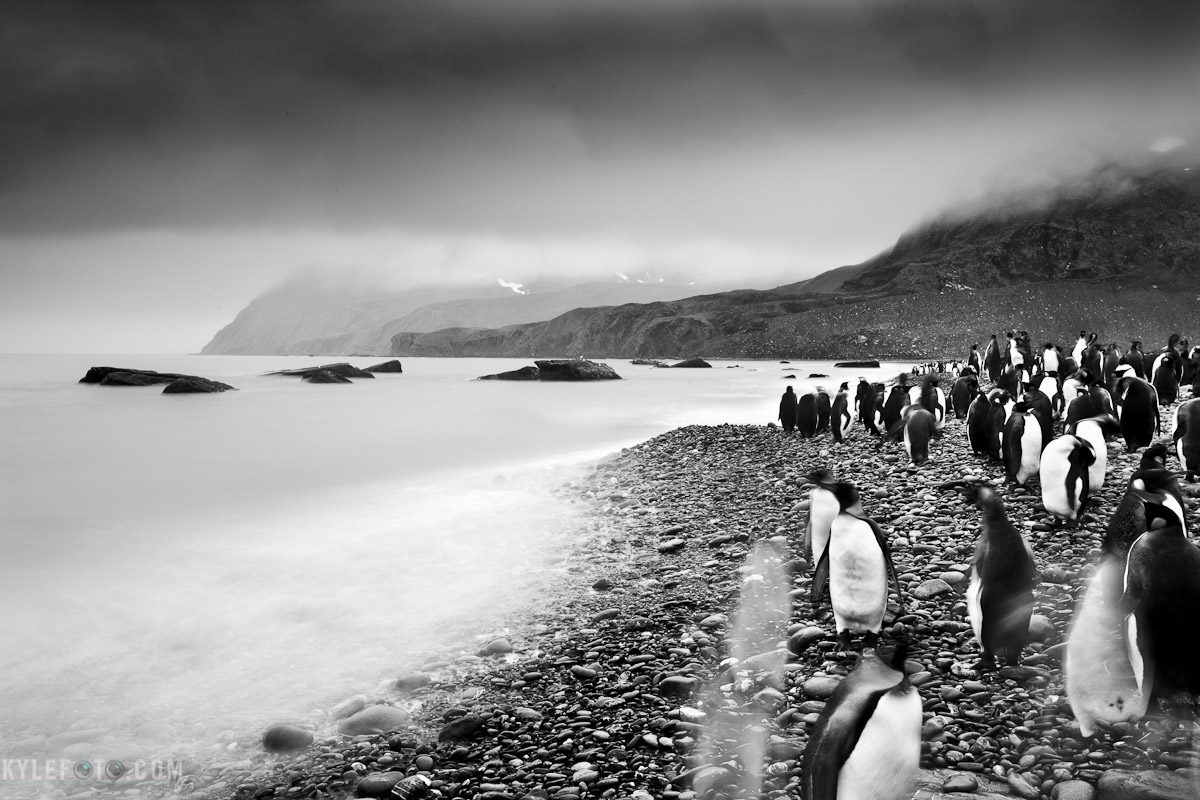Coburg island, Canadian Arctic These steep cliffs are completely inaccessible for any person on foot and out of reach for any land dwelling animals. For this reason these cliffs make the perfect place for a bird to build a home. Free from the prying eyes and jaws of Arctic fox, Polar bears and anything that could take home an egg as a prize, birds have been nesting in places like this for millions of years. Hundreds of thousands of birds swarm the cliffs, changing the colour of the rock with their guano and filling the air with their calls.
Photographic Details: Waiting for a glimpse of sun to come out of the clouds I wanted the cliffs to be highlighted by the light. The rare sight of fog on the cliffs adds enormous amounts of texture and depth to the already dramatic scene. Look closely at the image you will see white dots peppering the image, as the sun lit birds show up against the darker shadowy cliffs.
1/250s f/6.3 ISO50 135mm
[button size="large" link="http://kylefoto.smugmug.com/Other/world/20164645_BG7whF#1657111765_JdkX5bK" linkTarget="_blank" color="blue"]Order Print through Smugmug[/button]









